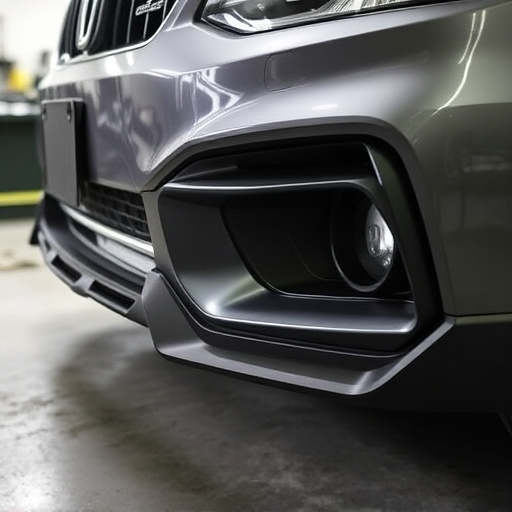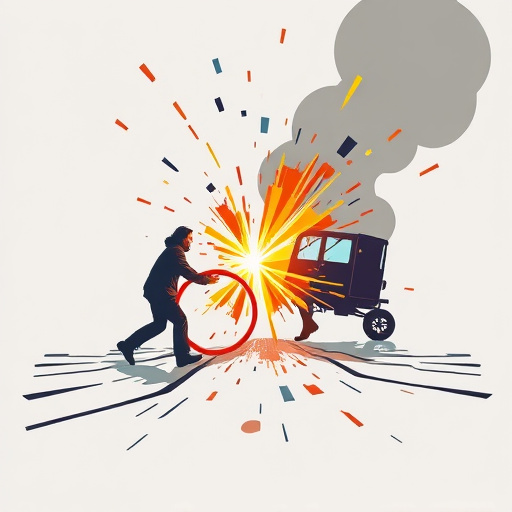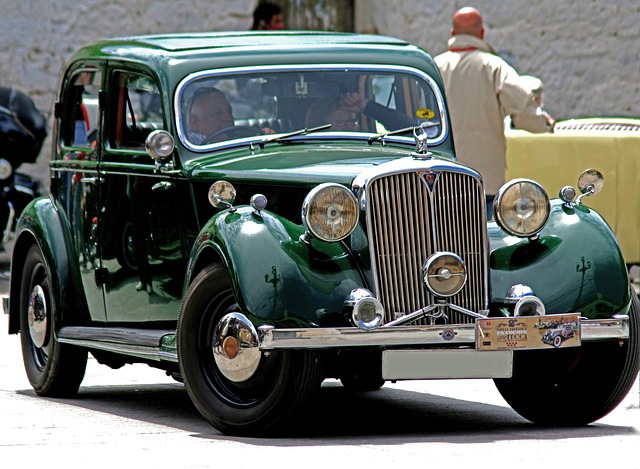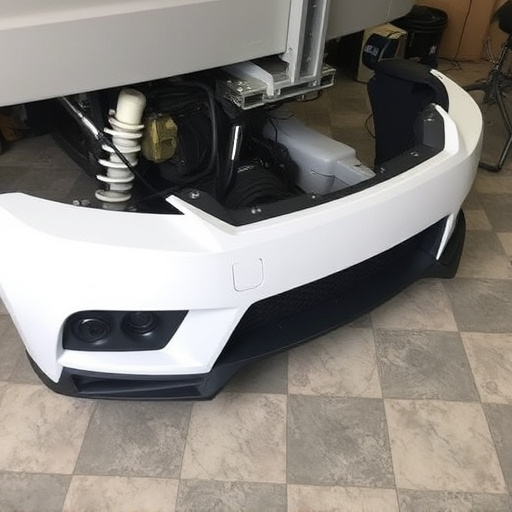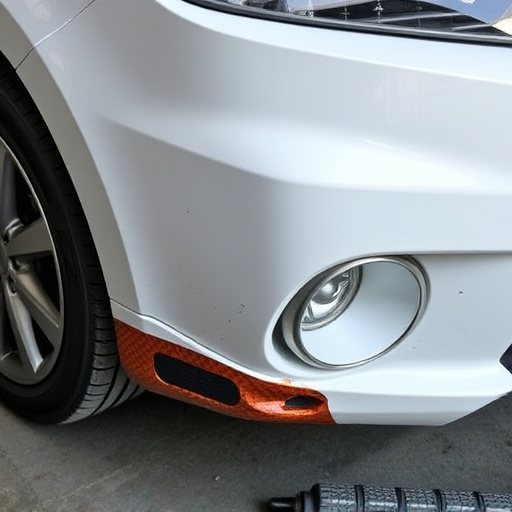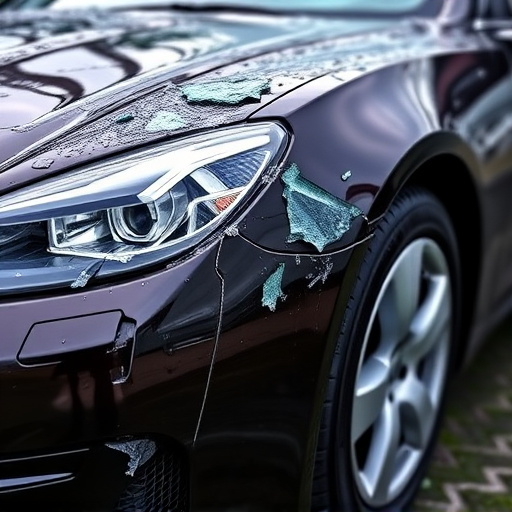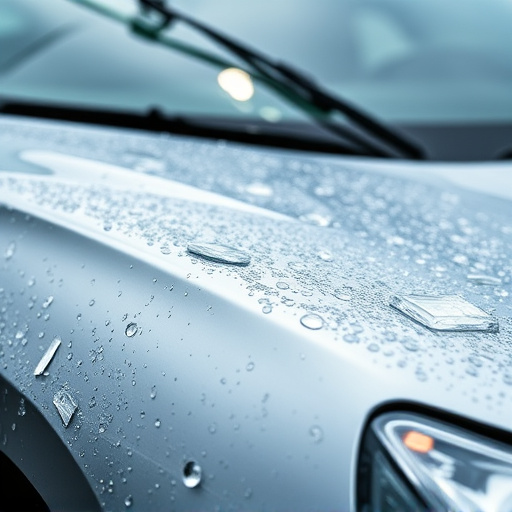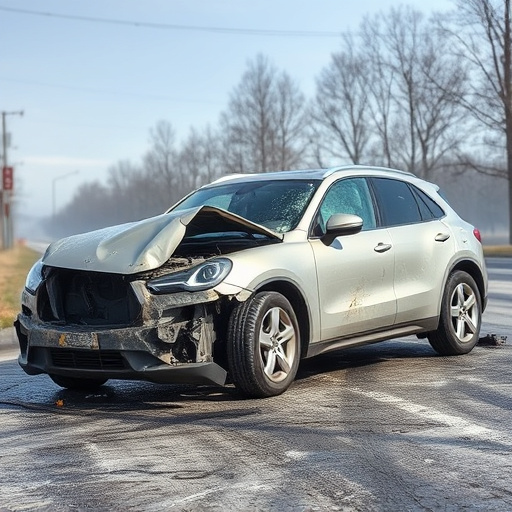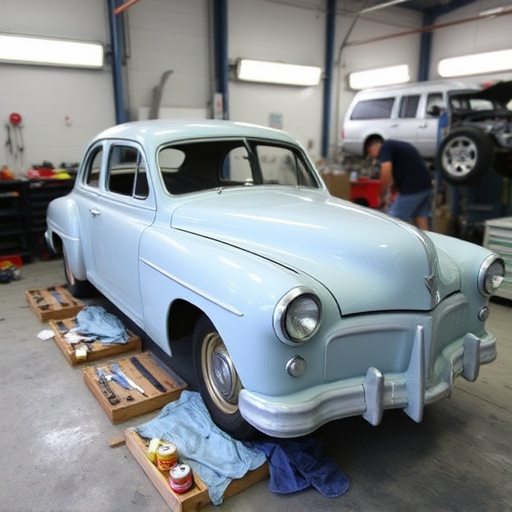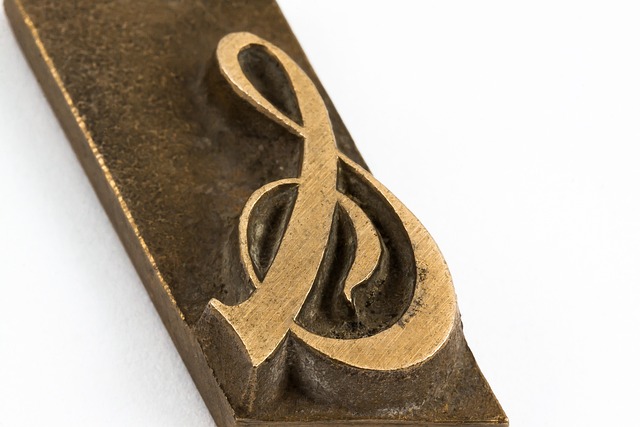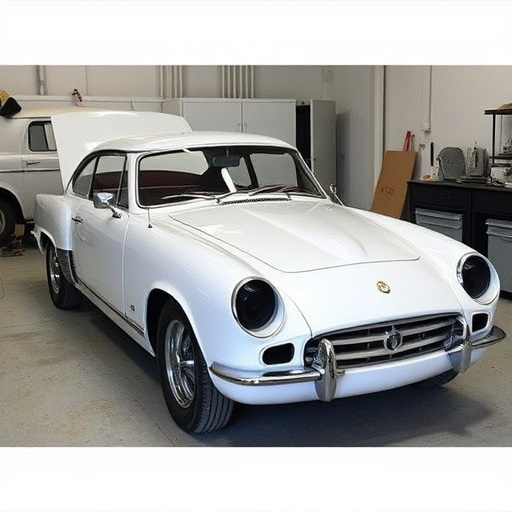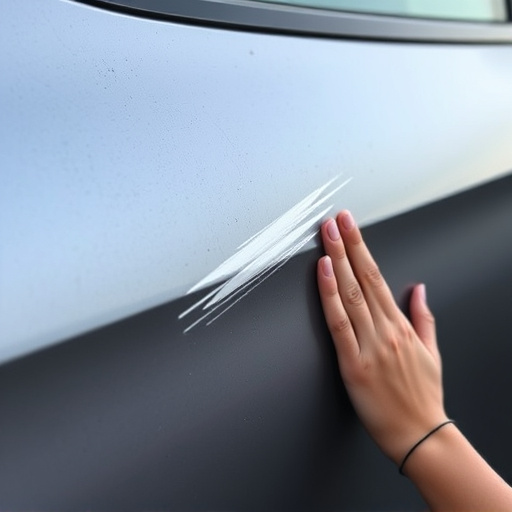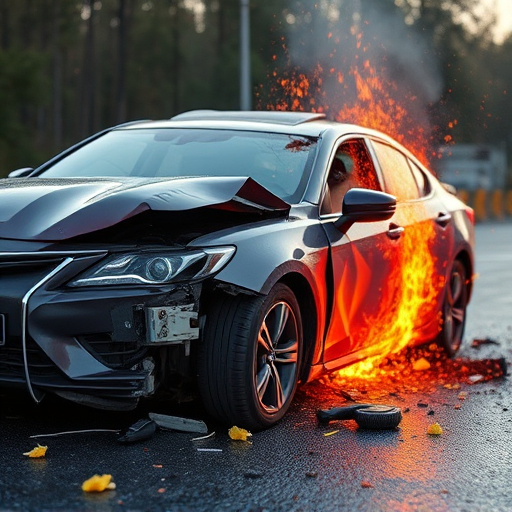Panel alignment procedures are crucial for high-quality automotive repairs, especially with aluminum and steel panels. This meticulous process involves inspection, workspace prep, debri removal, alignment tools, and reattachment to restore structural integrity and aesthetics. For luxury cars like Mercedes Benz, best practices include advanced inspections, dent removal, sequential alignment, and precise clamping techniques to ensure seamless finishes and repair integrity.
In the realm of construction and architecture, precise panel alignment is paramount for structural integrity and aesthetic appeal. This comprehensive guide delves into the intricate world of panel alignment procedures, specifically focusing on aluminum and steel panels. We explore various techniques, offering a step-by-step approach for each material, ensuring optimal results. From understanding fundamental alignment methods to practical tips and best practices, this article equips readers with the knowledge to navigate the process smoothly.
- Understanding Panel Alignment Techniques
- Step-by-Step Guide for Aluminum Panels
- Steel Panel Alignment: Best Practices and Tips
Understanding Panel Alignment Techniques

Panel alignment techniques are crucial for ensuring precision and quality in automotive repairs, particularly when dealing with aluminum and steel panels. These procedures involve a series of steps designed to straighten and realign damaged or bent vehicle bodies, minimizing visible imperfections and restoring structural integrity. Understanding these techniques is essential for both professional mechanics and enthusiasts involved in car damage repair, especially for luxury vehicle repair cases where meticulous attention to detail is paramount.
Effective panel alignment requires specialized tools and knowledge. In the context of car damage repair, professionals use equipment such as alignment racks, jack stands, and a variety of hand tools to carefully manipulate panels back into their original positions. This process involves identifying reference points, marking adjustments, and gradually applying pressure until the panel is perfectly aligned. For instance, in vehicle dent repair, these techniques can be instrumental in eliminating unsightly bumps and dings, enhancing both the aesthetic appeal and overall structural soundness of a luxury vehicle after an accident or impact.
Step-by-Step Guide for Aluminum Panels
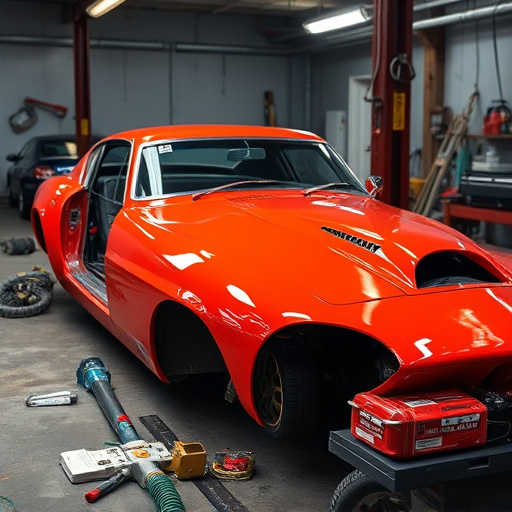
When it comes to panel alignment procedures for aluminum panels, a step-by-step guide is essential for achieving precise and professional results. First, inspect the car bodywork thoroughly to identify any existing damage or misalignments. This initial assessment helps in understanding the extent of work required to bring the panels back to their original state.
Next, prepare your workspace by ensuring proper lighting and access to necessary tools like alignment tools, clamps, and a suitable surface for working. Begin by removing any loose debris or dirt from the panel surfaces using compressed air. Then, carefully lift the damaged panel using jack stands and secure it temporarily with clamps. With the panel securely in place, use alignment tools to gradually adjust the panel back into its correct position, ensuring it sits flush against adjacent panels. For aluminum panels, gentle pressure is key; avoid excessive force that could damage the thin metal. Once aligned, reattach the panel using appropriate fasteners, following manufacturer guidelines for proper torque specifications. This meticulous process guarantees a seamless finish in autobody repairs, effectively concealing any previous scratch repair work.
Steel Panel Alignment: Best Practices and Tips
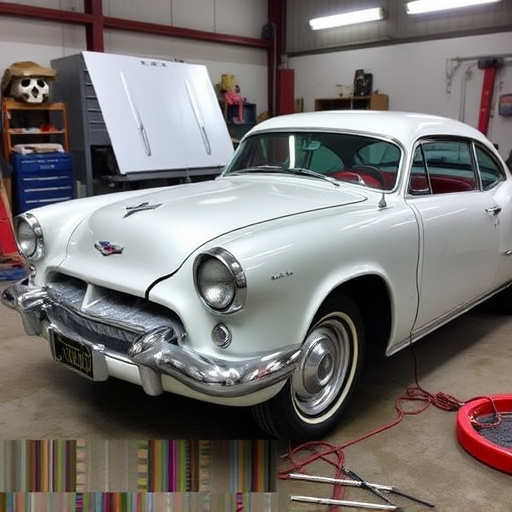
When it comes to steel panel alignment for automotive body work, especially in meticulous repairs like Mercedes Benz repair, following best practices ensures precision and quality. The first step involves thoroughly inspecting the panels for any dents or deformities that could impact alignment. Advanced tools like laser measurements can be employed to gauge the exact degree of misalignment. Once identified, these dents removal techniques become crucial—using specialized hammers and dolly tools, professionals carefully adjust the panel without causing further damage.
Best practices dictate a systematic approach: start by aligning horizontal panels, ensuring they sit level and parallel to each other. Then, focus on vertical elements, checking their perpendicularity. It’s vital to use proper clamping techniques during alignment to secure the panels effectively, preventing any shifts that could compromise the integrity of the repair. Consistent pressure should be applied to maintain accuracy, with frequent checks to ensure the panel alignment procedures are achieving the desired results in this intricate automotive body work.
Panel alignment is a critical process ensuring structural integrity and aesthetic appeal in construction projects featuring aluminum and steel panels. By understanding different techniques and adhering to best practices, whether working with aluminum or steel, contractors can efficiently achieve precise alignments, enhancing the durability and visual impact of buildings. This comprehensive guide provides essential knowledge for professionals navigating panel alignment procedures in today’s construction landscape.
